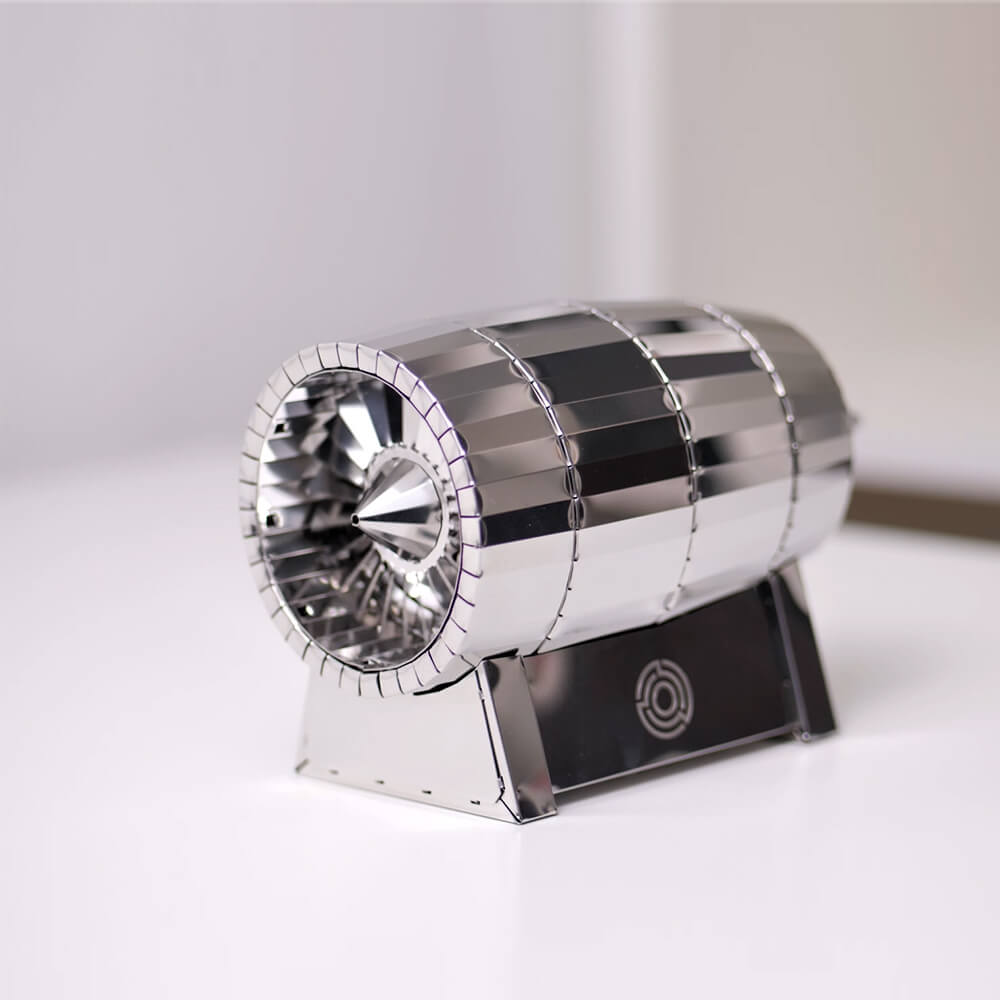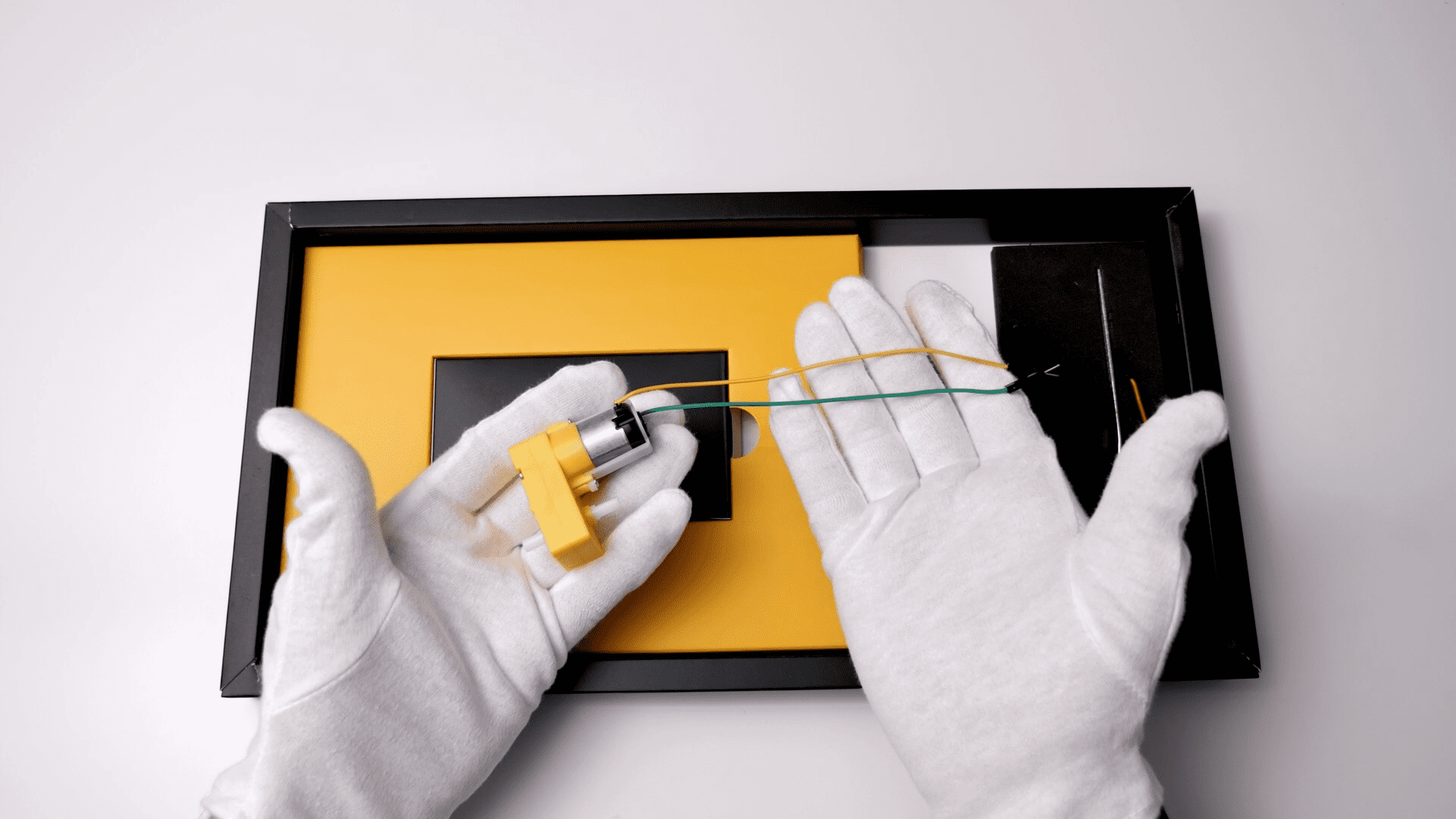
Dropship AIR FORCE JET TURBINE
100.0% of buyers have recommended this.
Advanced jet propulsion technology
Historical significance in aviation
Innovative engineering design
Efficient power generation
Ideal for educational demonstrations
Product description
The AIR FORCE JET TURBINE represents a significant advancement in jet propulsion technology, showcasing the evolution of engineering from ancient times to modern aviation. The concept of jet engines is rooted in history, with early demonstrations of jet power dating back to the aeolipile, a steam-powered device invented by Hero of Alexandria in the 1st century. This remarkable invention utilized steam directed through nozzles to create rotational motion, laying the groundwork for future innovations in propulsion systems.
In the 20th century, technological advancements enabled the practical application of jet engines, revolutionizing the field of aviation. The AIR FORCE JET TURBINE is a prime example of this evolution, combining cutting-edge engineering with the principles of aerodynamics to deliver powerful thrust and efficiency. This turbine is not only a testament to human ingenuity but also serves as an educational tool for those interested in the mechanics of flight and propulsion.
The design of the AIR FORCE JET TURBINE incorporates various components that work in harmony to produce thrust. The core of the turbine consists of a compressor, combustion chamber, and turbine section. The compressor draws in air and compresses it, increasing its pressure and temperature. This high-pressure air then enters the combustion chamber, where it is mixed with fuel and ignited. The resulting high-temperature gases expand rapidly and are expelled through the turbine section, creating thrust that propels the aircraft forward.
One of the key advantages of jet turbines is their efficiency in converting fuel into thrust. Compared to traditional piston engines, jet engines can operate at higher altitudes and speeds, making them ideal for modern aircraft. The AIR FORCE JET TURBINE exemplifies this efficiency, allowing for longer flight durations and reduced fuel consumption. This makes it an attractive option for both military and commercial aviation applications.
In addition to its practical applications, the AIR FORCE JET TURBINE also serves as a fascinating subject for educational demonstrations. Students and enthusiasts can explore the principles of jet propulsion, thermodynamics, and fluid mechanics through hands-on experiments and simulations. This turbine can be used in classrooms, science fairs, and engineering workshops to inspire the next generation of engineers and aviators.
The historical context of jet propulsion adds another layer of intrigue to the AIR FORCE JET TURBINE. Understanding the evolution of jet engines from ancient devices to modern technology highlights the importance of innovation and research in shaping the future of aviation. The journey from the aeolipile to the sophisticated jet turbines of today illustrates how curiosity and experimentation can lead to groundbreaking advancements.
Furthermore, the AIR FORCE JET TURBINE is designed with durability and reliability in mind. It is constructed from high-quality materials that can withstand the extreme conditions of flight, including high temperatures and pressures. This ensures that the turbine performs optimally under various operating conditions, making it a dependable choice for aviation enthusiasts and professionals alike.
In summary, the AIR FORCE JET TURBINE is a remarkable piece of engineering that embodies the principles of jet propulsion and the advancements made in the field of aviation. Its historical significance, efficient design, and educational potential make it an invaluable asset for anyone interested in the mechanics of flight. Whether used for practical applications or as a teaching tool, this turbine represents the pinnacle of modern engineering and the ongoing quest for innovation in aviation technology.
Get started



















